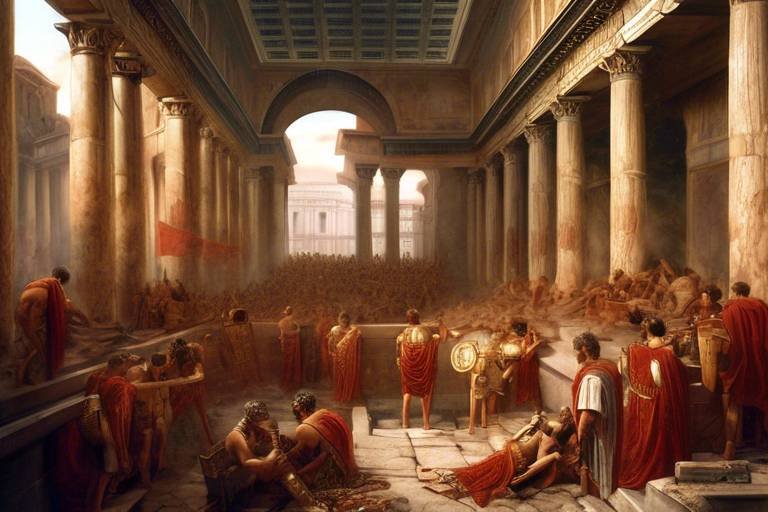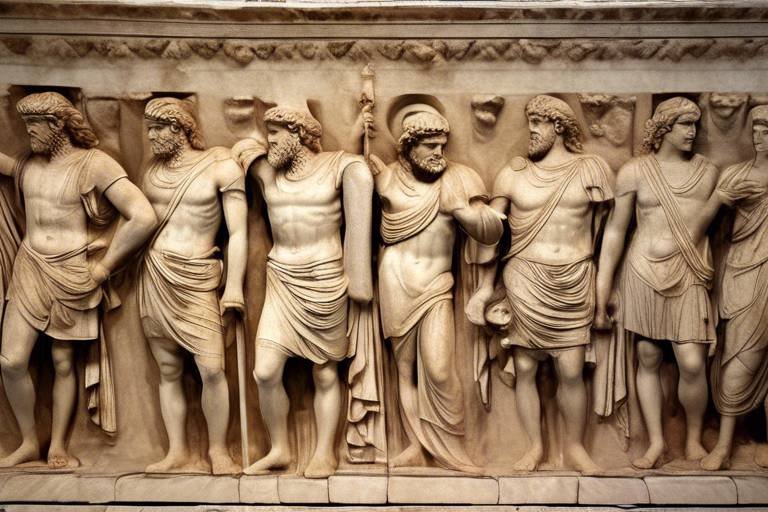The Decline of the Incan Empire - Causes and Effects
When delving into the tumultuous history of the Incan Empire, one cannot ignore the multitude of factors that contributed to its eventual decline and subsequent effects on the region. The once-mighty empire, known for its advanced infrastructure and vast territorial reach, faced a series of challenges that ultimately led to its downfall.
At the forefront of these causes was the Spanish conquest, spearheaded by the ruthless conquistador Francisco Pizarro. The arrival of the Spanish forces marked a turning point in Incan history, as they swiftly overpowered the empire and captured its ruler, Atahualpa. This conquest not only shattered the political stability of the empire but also ushered in a new era of colonial rule and exploitation.
Internal strife within the Incan Empire further exacerbated its vulnerabilities. Succession disputes and rebellions among the nobility created a climate of instability, weakening the empire from within and making it an easy target for external threats. The lack of unity and cohesion among the ruling elite sowed the seeds of the empire's demise.
The introduction of European diseases, such as smallpox and measles, had a devastating impact on the Incan population. With no immunity to these illnesses, the native people suffered widespread death and societal upheaval. The decimation caused by these epidemics further destabilized the empire's social structure, leading to a decline in population and productivity.
Adding to the empire's woes were the economic pressures imposed by the Spanish colonizers. The exploitation of Incan resources, particularly gold and silver, disrupted the traditional economy and social fabric of the empire. The introduction of a new economic system, based on extraction and export, undermined the sustainable practices that had sustained the empire for centuries.
Religious conversions enforced by the Spanish further eroded the cultural identity of the Incan population. The imposition of Christianity on the native people undermined their traditional religious practices and customs, leading to a loss of cultural heritage and social cohesion. The forced assimilation into a foreign belief system contributed to the erosion of the empire's cultural foundation.
Despite the challenges and hardships faced, resistance movements emerged among the Incan population. Led by figures like Tupac Amaru II, these movements sought to defy Spanish colonial rule and preserve the indigenous identity. The legacy of these resistance efforts continues to resonate in modern-day Peru, highlighting the enduring impact of the empire's collapse on indigenous communities.
Reflecting on the legacy of the Incan Empire, one cannot overlook its lasting contributions to the region. The empire's architectural marvels, such as Machu Picchu, stand as testaments to its engineering prowess and cultural sophistication. Its agricultural innovations, including terraced farming and irrigation systems, continue to influence farming practices in the Andean region. The cultural legacy of the Incan Empire lives on in the traditions and customs of the diverse populations that inhabit the former Incan territories.
Historical perspectives on the decline of the Incan Empire vary, ranging from narratives of conquest and destruction to more nuanced analyses of cultural exchange and adaptation. The complex interplay of factors that led to the empire's downfall continues to be a subject of scholarly debate and interpretation. Understanding the causes and effects of the Incan Empire's decline offers insights into the broader dynamics of colonialism, resistance, and cultural resilience in the annals of history.

Spanish Conquest
When it comes to the downfall of the mighty Incan Empire, one cannot overlook the significant role played by the Spanish Conquest. The arrival of Spanish conquistadors, spearheaded by the notorious Francisco Pizarro, marked a pivotal moment in history that sealed the fate of the Incan civilization. With superior weaponry and strategic cunning, the Spanish swiftly overpowered the Incan forces, leading to the capture of the empire's ruler, Atahualpa.
The Spanish Conquest brought about a wave of destruction and upheaval, shattering the foundations of the Incan Empire. The once thriving civilization found itself facing an unprecedented threat that it was ill-prepared to combat. The brutal tactics employed by the Spanish conquistadors left a trail of devastation in their wake, forever altering the course of Incan history.
As the Spanish forces advanced, they exploited the internal divisions within the Incan Empire, capitalizing on existing tensions and power struggles. This internal strife further weakened the empire, making it more susceptible to external threats. Succession disputes and rebellions among the nobility created a chaotic environment that the Spanish invaders were quick to exploit.
Moreover, the Spanish Conquest introduced a new era of subjugation and oppression for the Incan population. The forced conversion to Christianity, destruction of sacred sites, and imposition of Spanish authority eroded the traditional fabric of Incan society. The cultural and religious identity of the Incas faced a grave threat, as their way of life was systematically dismantled by the conquistadors.
The Spanish Conquest not only marked the end of the Incan Empire but also heralded a new chapter of colonial rule and exploitation in South America. The legacy of this tumultuous period continues to reverberate through the annals of history, shaping the cultural landscape of the region for centuries to come.

Internal Strife
Internal strife within the Incan Empire was a significant factor contributing to its ultimate downfall. The empire faced numerous challenges from within, including succession disputes and rebellions among the nobility. Succession conflicts often led to power struggles and weakened the central authority of the empire, making it more susceptible to external threats. Additionally, rebellions among the nobility further destabilized the empire, creating internal divisions that were exploited by external forces like the Spanish conquistadors.
These internal conflicts not only undermined the political stability of the empire but also affected its ability to effectively govern and defend its territories. The lack of unity and cohesion among the Incan elite made it easier for external powers to exploit these divisions and conquer the empire. The internal strife also sapped the empire's resources and manpower, further weakening its ability to resist foreign invasions.
Moreover, the internal turmoil within the empire contributed to social unrest and discontent among the population. The common people, already burdened by heavy tribute demands and labor obligations, became disillusioned with the ruling elite's inability to maintain order and protect their interests. This discontent provided fertile ground for dissent and resistance movements to emerge, further challenging the authority of the empire.
As internal strife continued to plague the empire, it became increasingly vulnerable to outside influences and conquest. The lack of a unified leadership and a coherent strategy to address internal challenges ultimately hastened the downfall of the once-mighty Incan Empire. The legacy of these internal conflicts continues to shape the historical narrative of the empire's decline and serves as a cautionary tale of the dangers of internal divisions in the face of external threats.
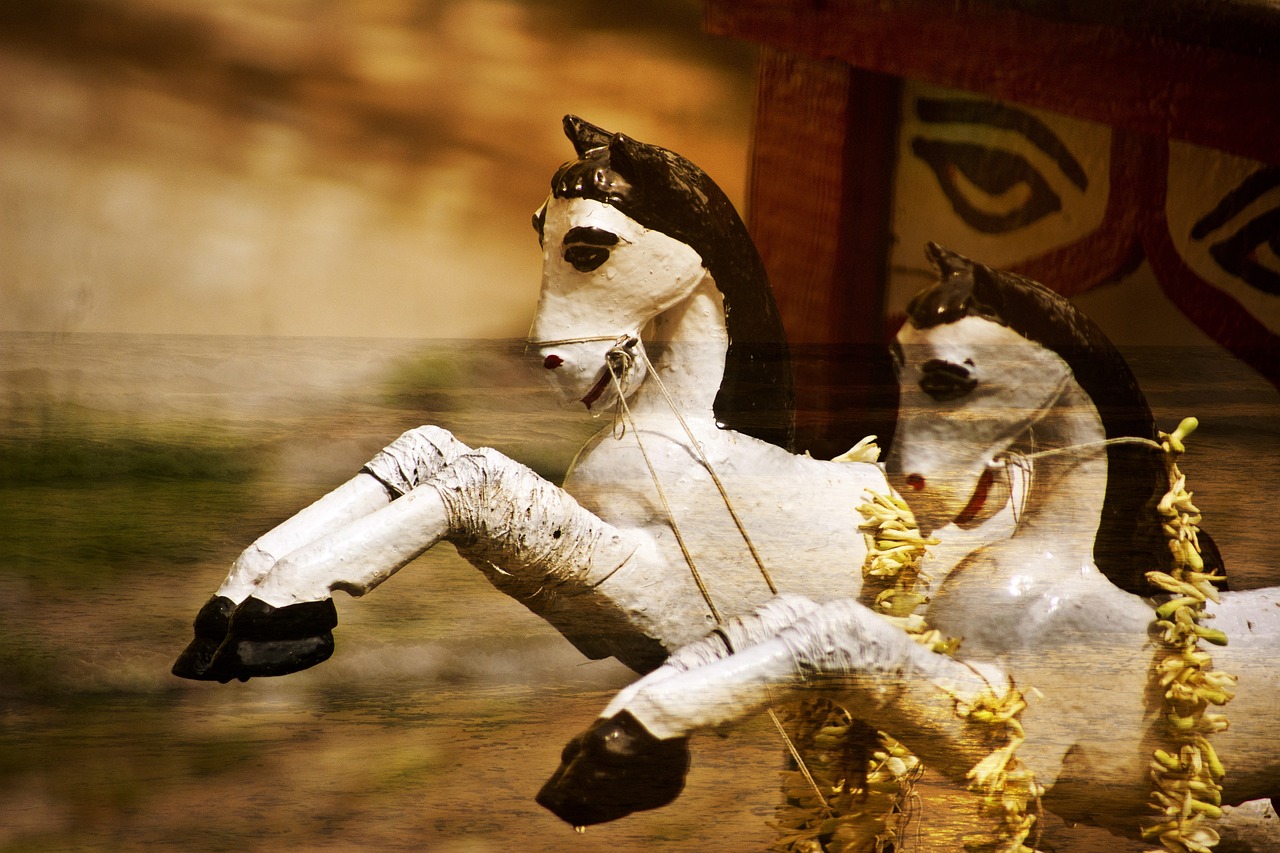
Epidemics and Diseases
During the decline of the Incan Empire, epidemics and diseases played a significant role in destabilizing the once-powerful civilization. The arrival of European explorers and colonizers brought with them deadly illnesses, such as smallpox and measles, to which the Incan population had little to no immunity. These diseases spread rapidly among the indigenous people, causing widespread death and decimating entire communities.
The impact of these epidemics on the Incan Empire was profound, leading to a sharp decline in population and destabilization of the social structure. With a significant portion of the population succumbing to these diseases, the empire faced challenges in maintaining its labor force, agricultural productivity, and overall stability. The loss of skilled workers and leaders further weakened the empire, making it more susceptible to external threats.
Moreover, the introduction of European diseases disrupted the traditional healthcare practices of the Incas, who relied on herbal remedies and spiritual healing. The sudden onslaught of unfamiliar illnesses overwhelmed the existing healthcare system, contributing to the chaos and despair that gripped the empire during this tumultuous period.
As the epidemics ravaged the Incan population, the empire struggled to cope with the scale of the crisis. The lack of effective medical treatments and preventive measures exacerbated the situation, leading to a sense of helplessness and despair among the people. The once-thriving civilization faced a grim reality as the combined effects of diseases, internal strife, and external pressures pushed it towards the brink of collapse.

Economic Pressures
When delving into the downfall of the once-mighty Incan Empire, one cannot overlook the significant role that economic pressures played in its ultimate decline. The arrival of Spanish conquistadors brought with it a wave of exploitation and disruption to the traditional economic structure of the empire. The Spaniards, driven by greed for Incan riches, particularly gold and silver, ruthlessly exploited the resources of the empire, draining its wealth and destabilizing its economy.
This economic exploitation was not limited to the plundering of precious metals; the Spanish also imposed a new economic system that further weakened the Incan economy. The introduction of encomienda and mita systems forced the Incan population into labor under harsh conditions, diverting resources away from traditional agricultural practices and disrupting the balance of the empire's economy.
As the Spanish colonizers imposed their economic dominance, the Incan people faced increasing hardships and challenges. The traditional reciprocity-based economic system, which had sustained the empire for centuries, was shattered, leading to widespread poverty and inequality among the population. The influx of European goods and the disruption of local markets further exacerbated the economic pressures faced by the Incan Empire.
Moreover, the extraction of natural resources on a massive scale by the Spanish not only depleted the wealth of the empire but also disrupted the delicate ecological balance that had sustained Incan agriculture for generations. Deforestation, soil degradation, and water pollution caused by the Spanish activities had long-lasting detrimental effects on the environment and agricultural productivity of the region.
Ultimately, the economic pressures exerted by the Spanish conquistadors played a crucial role in the downfall of the Incan Empire. The exploitation of resources, imposition of a new economic system, and disruption of traditional economic practices all contributed to the weakening of the empire's economic foundation, paving the way for its eventual collapse under the weight of external pressures and internal strife.

Religious Conversions
During the Spanish conquest of the Incan Empire, one of the significant factors that contributed to its decline was the forced imposed by the Spanish colonizers. The arrival of the Spanish brought with it the introduction of Christianity to the native Incan population, leading to a clash of belief systems and cultural practices.
The conversion of the Incans to Christianity was not a voluntary or peaceful process but rather a coercive and often violent one. The Spanish sought to eradicate traditional Incan religious practices and beliefs, viewing them as pagan and heretical, and imposed Catholicism as the dominant religion.
This religious imposition had profound effects on the social and cultural fabric of the Incan society. It not only undermined the traditional spiritual beliefs and practices of the Incans but also disrupted their cultural identity and sense of community.
As the Incan population was forced to abandon their indigenous religious rituals and ceremonies in favor of Christian teachings, a sense of loss and disconnection from their heritage began to permeate through the empire.
The conversion process also served as a tool of control for the Spanish colonizers, as it allowed them to exert authority over the native population and assert their dominance in the region.
Despite the efforts to convert the Incans to Christianity, some elements of traditional Incan religious practices managed to survive and even merge with Christian beliefs, creating a syncretic form of spirituality that reflected the complex history of cultural interactions in the region.
Overall, the forced carried out by the Spanish during the conquest of the Incan Empire played a significant role in the empire's decline, contributing to the erosion of its cultural heritage and the disruption of its social cohesion.
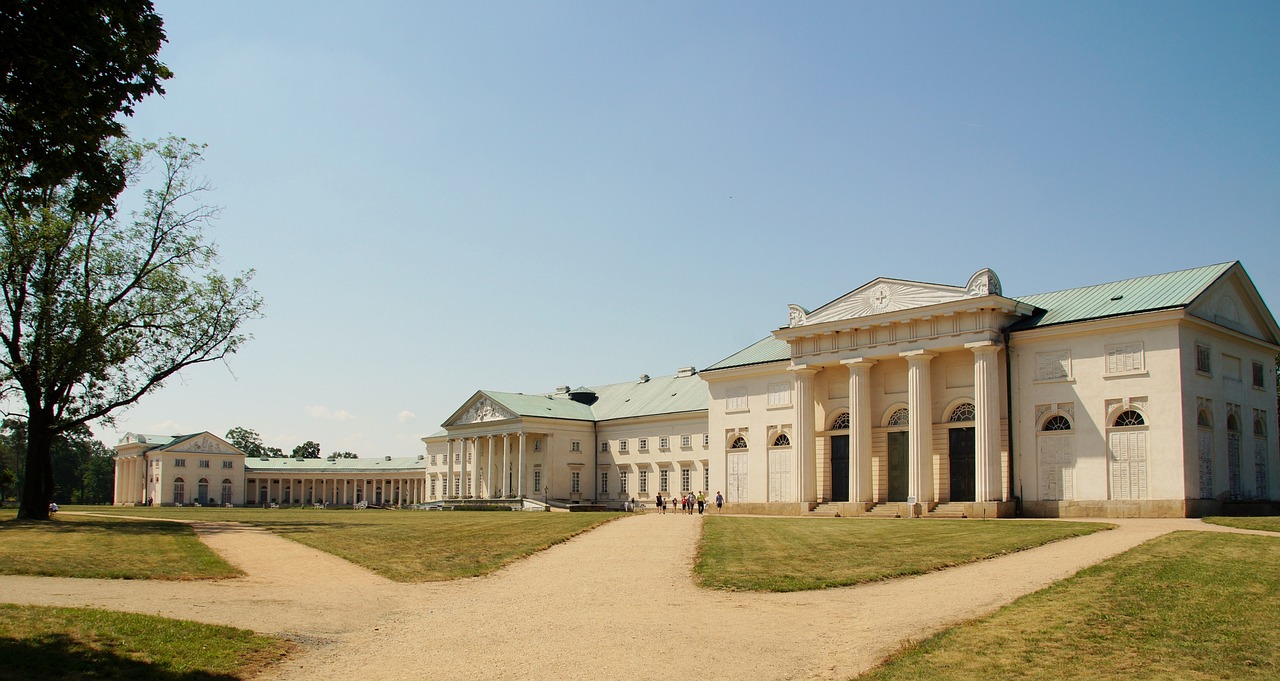
Resistance Movements
During the tumultuous period following the Spanish conquest of the Incan Empire, various resistance movements emerged as indigenous communities sought to resist the oppressive colonial rule imposed by the Spanish conquistadors. These movements were characterized by a fierce determination to preserve Incan culture, traditions, and autonomy in the face of external domination.
One notable figure in the history of Incan resistance was Tupac Amaru II, who led a significant rebellion against Spanish colonial authorities in the late 18th century. Tupac Amaru II, a descendent of the Incan nobility, symbolized the ongoing struggle of the indigenous population against foreign oppression and cultural erasure.
The resistance movements were not limited to armed uprisings but also encompassed acts of defiance, cultural preservation, and clandestine efforts to maintain Incan identity amidst the overwhelming influence of Spanish colonialism. These movements represented a collective response to the injustices and hardships inflicted upon the indigenous population by the colonial regime.
Despite facing overwhelming odds and harsh reprisals from the Spanish authorities, the resistance movements inspired a sense of unity and solidarity among the Incan people, fostering a spirit of resilience and determination to resist subjugation and fight for their rights and dignity.
Through their acts of resistance, the indigenous communities sought to reclaim their autonomy, assert their cultural heritage, and challenge the hegemony of the Spanish colonizers. The legacy of these resistance movements continues to resonate in the collective memory of the region, serving as a testament to the enduring spirit of resistance and resilience among the descendants of the Incan Empire.
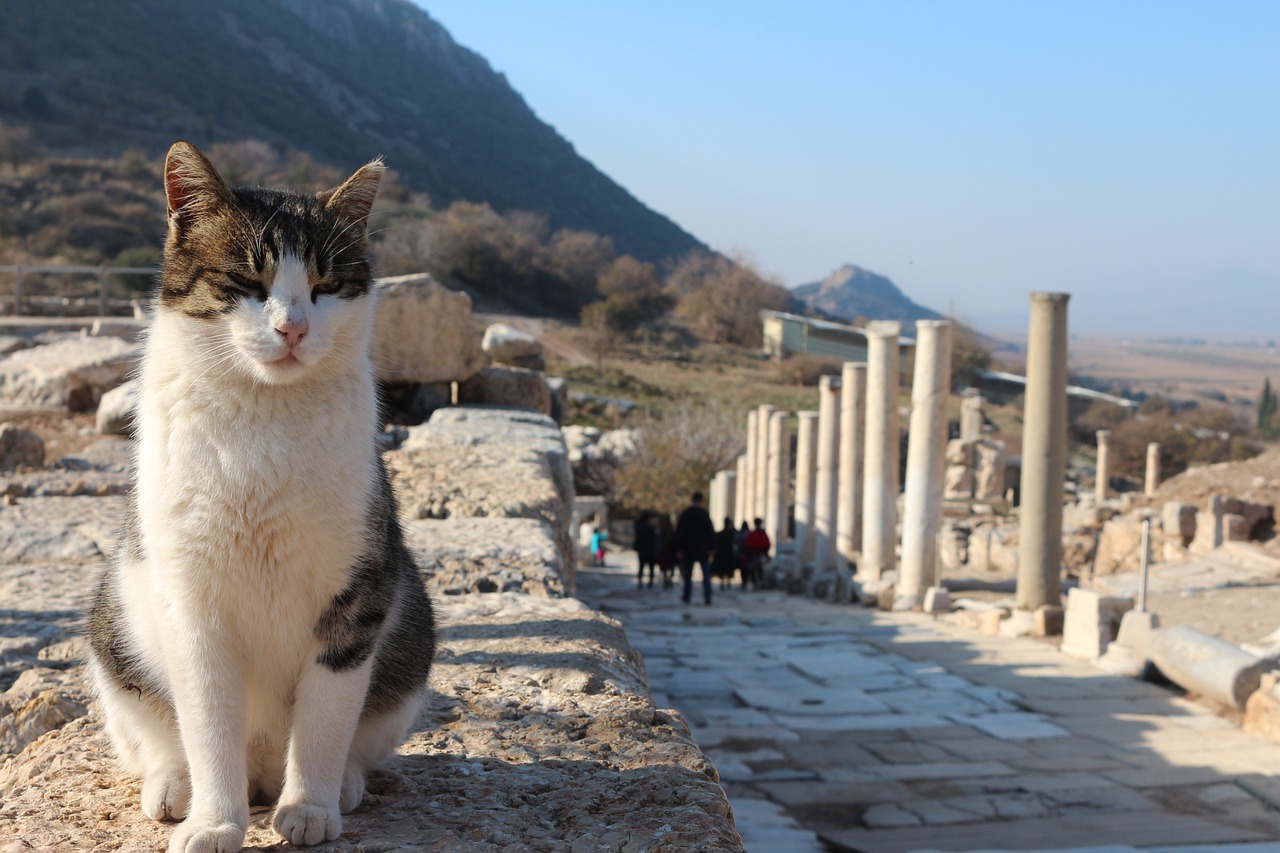
Legacy of the Incan Empire
When we talk about the legacy of the Incan Empire, we are delving into a rich tapestry of history that has left an indelible mark on modern-day Peru and beyond. The architectural marvels of the Incas, such as the awe-inspiring Machu Picchu, stand as a testament to their engineering prowess and ingenuity. These ancient structures not only showcase the advanced knowledge of the Incas but also serve as a reminder of their connection to the natural world.
Moreover, the agricultural innovations of the Incan Empire continue to influence farming practices in the region to this day. The ingenious terracing methods employed by the Incas allowed them to cultivate crops in the challenging Andean terrain, demonstrating their deep understanding of the land and its resources. These agricultural techniques have been passed down through generations, shaping the agricultural landscape of modern-day Peru.
Additionally, the cultural influence of the Incan Empire on the diverse populations of South America is undeniable. The Incas' language, Quechua, is still spoken by millions of people in the Andean region, serving as a living link to the empire's past. Traditional Incan customs and beliefs have also endured, blending with Spanish and other indigenous cultures to create a rich tapestry of traditions that define the cultural identity of the region.
Despite the tragic end of the Incan Empire, its legacy lives on in the hearts and minds of the people who continue to honor and celebrate its achievements. The resilience of the Incan culture in the face of adversity serves as a source of inspiration for indigenous communities striving to preserve their heritage in a rapidly changing world. The legacy of the Incan Empire is not just a chapter in history books; it is a living legacy that continues to shape the cultural landscape of South America.
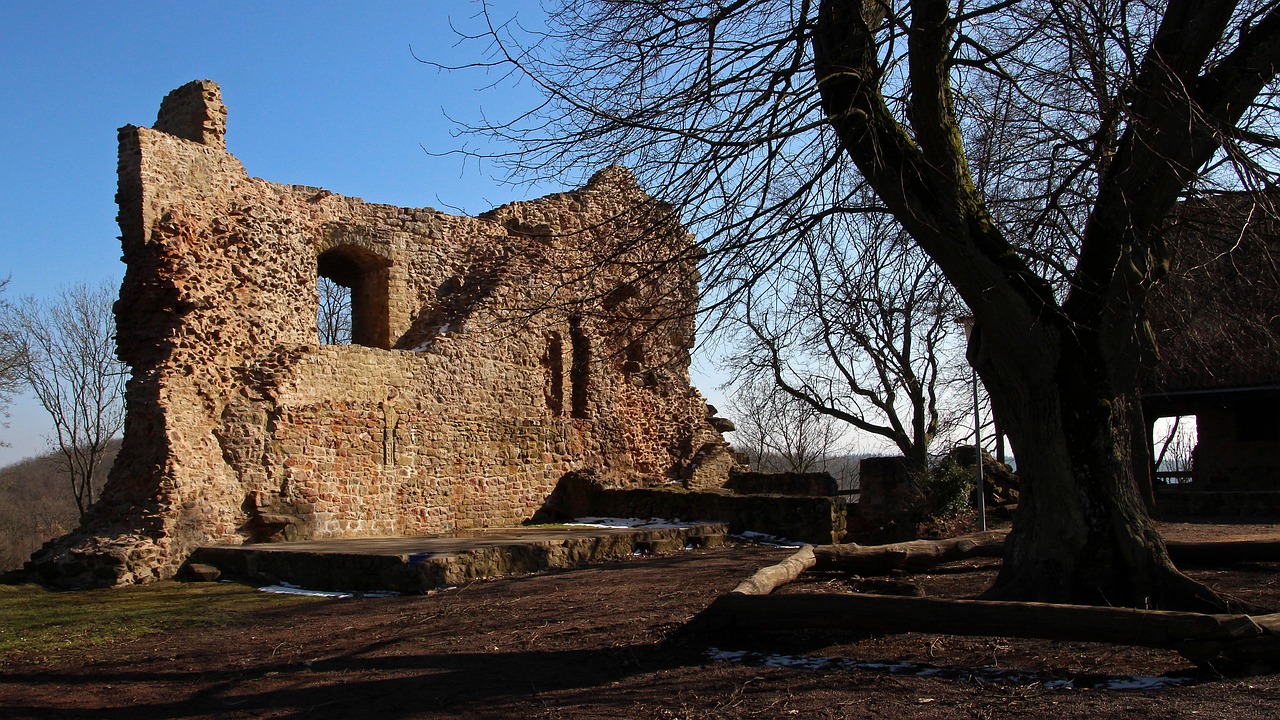
Historical Perspectives
When examining the historical perspectives on the decline of the Incan Empire, it is crucial to consider the diverse interpretations that have emerged over time. Traditional narratives often focus on the brutal conquest by the Spanish and the subsequent destruction of the Incan civilization. These accounts emphasize the military superiority of the Spanish forces, led by figures like Francisco Pizarro, and the tragic fate of the last Incan emperor, Atahualpa.
However, more nuanced analyses have challenged this simplistic view, highlighting the complexities of cultural exchange and adaptation that occurred in the aftermath of the empire's collapse. Scholars have explored how elements of Incan society persisted despite Spanish colonization, such as the preservation of Quechua language and certain agricultural practices. This perspective underscores the resilience of Incan heritage in the face of external pressures.
Furthermore, some historians have emphasized the role of indigenous resistance movements in shaping the legacy of the Incan Empire. Figures like Tupac Amaru II, who led a rebellion against Spanish rule in the 18th century, symbolize the ongoing struggle for autonomy and cultural preservation among indigenous communities. These resistance efforts demonstrate the enduring significance of the Incan legacy in the collective memory of South America.
Frequently Asked Questions
- What were the main causes of the decline of the Incan Empire?
The main causes of the decline of the Incan Empire included the Spanish Conquest, internal strife, epidemics and diseases, economic pressures, and religious conversions. These factors collectively weakened the empire and led to its eventual downfall.
- How did the arrival of Spanish conquistadors contribute to the fall of the Incan Empire?
The arrival of Spanish conquistadors, led by Francisco Pizarro, played a pivotal role in the rapid downfall of the Incan Empire. The conquistadors engaged in military conquest, captured the Incan ruler Atahualpa, exploited Incan resources, and imposed their culture and religion on the indigenous population.
- What impact did epidemics and diseases have on the Incan population?
Epidemics and diseases brought by the Europeans, such as smallpox and measles, had a devastating impact on the Incan population. The diseases spread rapidly, causing widespread death and destabilizing the social structure of the empire, leading to further vulnerability to external threats.
- How did the Spanish exploitation of resources affect the traditional Incan economy?
The Spanish exploitation of Incan resources, particularly gold and silver, disrupted the traditional economy of the Incan Empire. The introduction of a new economic system based on extraction and exportation of resources led to economic pressures, social upheaval, and further weakened the empire.
- What is the legacy of the Incan Empire in modern-day Peru and beyond?
The legacy of the Incan Empire in modern-day Peru and beyond includes architectural achievements, agricultural innovations, and cultural influence on the region's diverse populations. The empire's legacy continues to shape the cultural identity and heritage of the Andean region.








